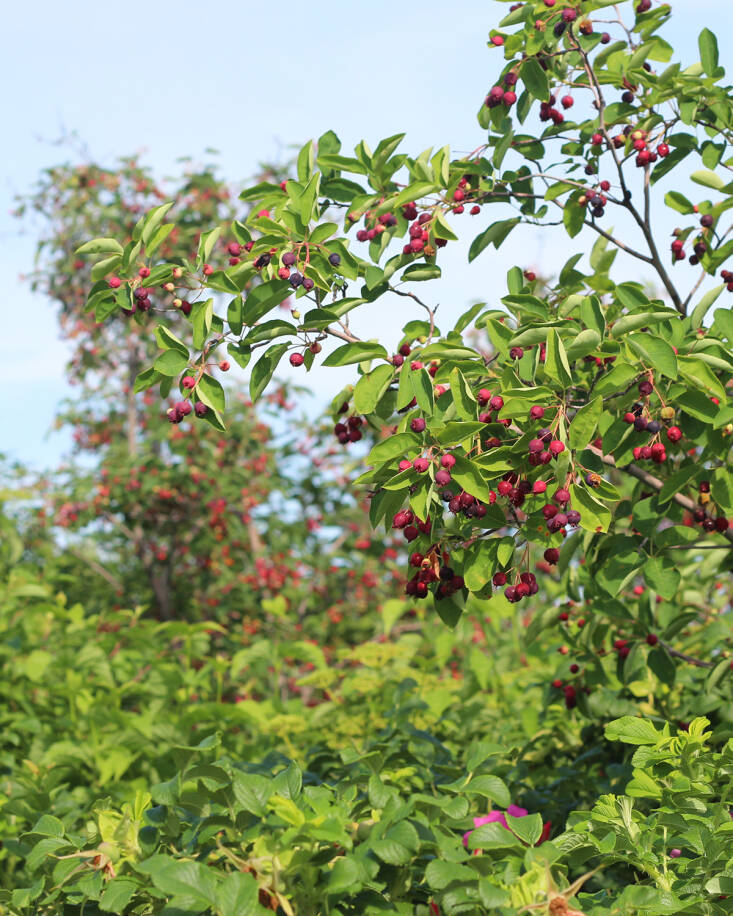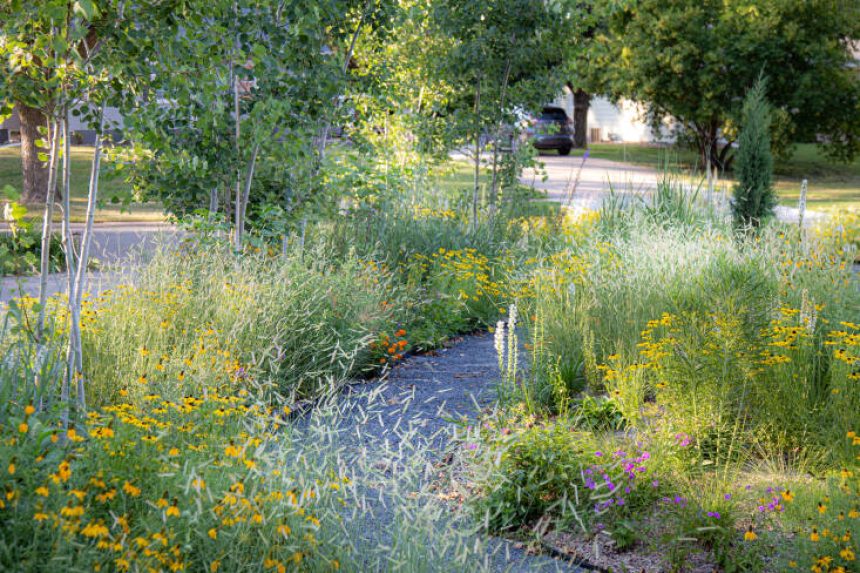Gardens don’t follow trends quite like fashion does, but styles, favored plants, and maintenance routines are always evolving. So, we asked eight garden pros to share their predictions for the year ahead. Themes of ecologically-minded gardening dominated their forecasts, but we also heard about garden tourism, mash-up aesthetics, and the return of the romantic landscape.
Read on for the full 2025 garden forecast:
The natural aesthetic will continue to gain popularity.
Horticulturist Kelly D. Norris, the author of forthcoming book Your Natural Garden, has been promoting a “new naturalism” style for years. Today, he says he’s finally seeing a significant subset of gardeners becoming comfortable with the look. Norris credits this to both an interest in ecological gardening and a loosening up of landscape beauty standards. “I find myself surprised over and over at just how far people are willing to go, particularly in comparison to the rest of their landscape, which is often more conventional,” says Norris, who notes it’s not always about changing the entire garden. “The trend is almost like giving nature a ‘room’ within the garden.”
Social circles will emerge.

Damon Arrington and Corwin Green of Brooklyn’s Verru Design see clients craving space for connection, a desire that may revive an interest in Jens Jensen-inspired social circles, which are traditionally created by placing stones in a circle configuration. “Mr. Jensen, a Danish American landscape architect, used his ‘council rings’ as symbols of mankind collaborating,” explains Arrington. “Like Jensen, we believe in embedding community in our design methodology and consider the council ring a great addition to any landscape.” They expand on Jensen’s vision by considering hot tubs a modern type of social circle (see one in their Brooklyn townhouse project featured on Gardenista).
Weeds will win new friends.

“The interest in native plants has opened up a whole new vein of curiosity and has begun to shine a light on species that previously wouldn’t have been on most gardener’s radars,” says Norris. For example, when Norris hosted garden tours in his own Des Moines garden, he was blown away by how interested people were in plants like Verbena stricta (stiff vervain). “This is a plant I first knew as a roadside wildflower and pasture weed, but I grew it anyway,” he says. Today, the plant that his grandmother said was “just a weed’ was the highlight for garden visitors.
We’ll think bigger when it comes to native plants.








